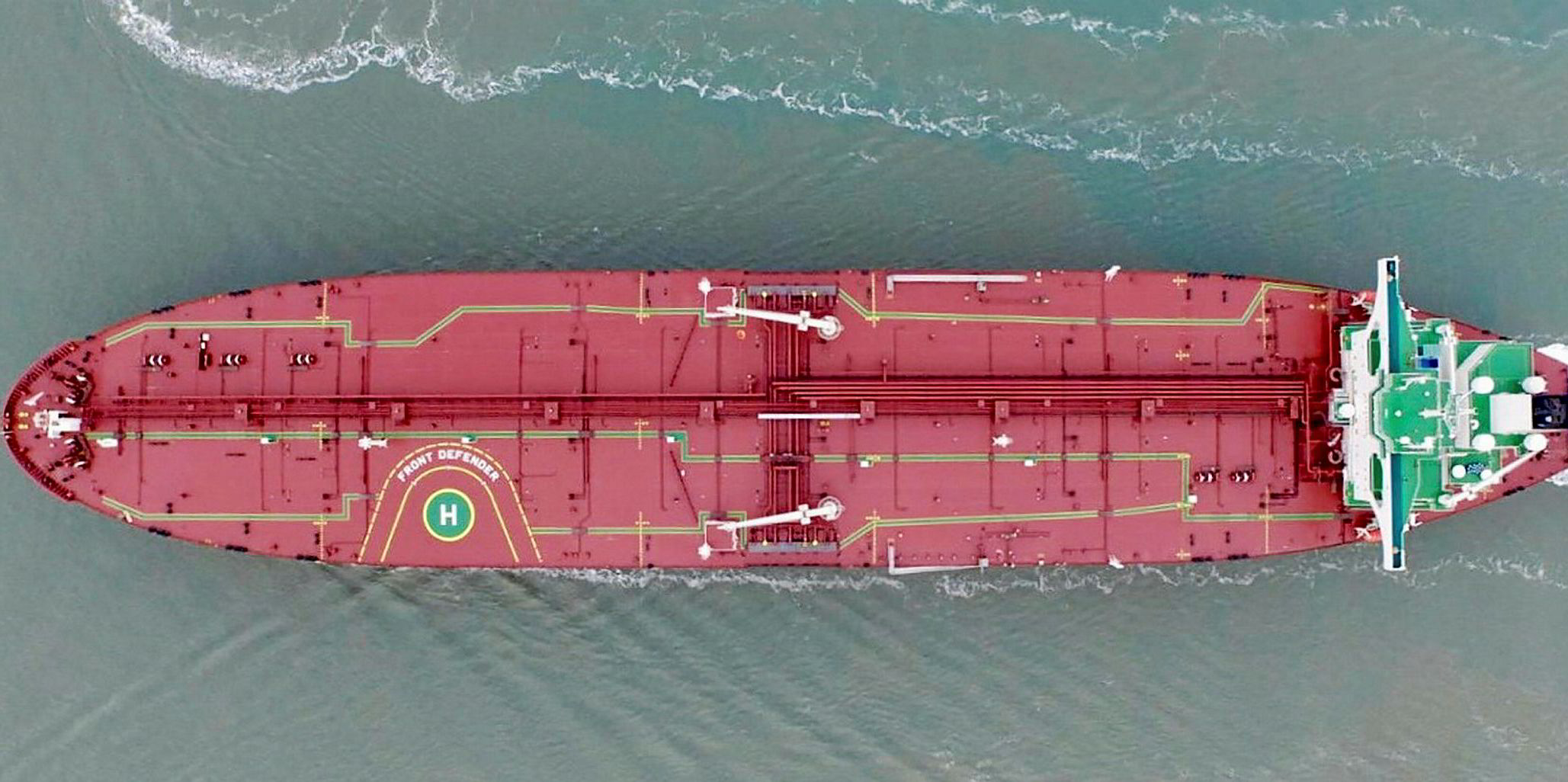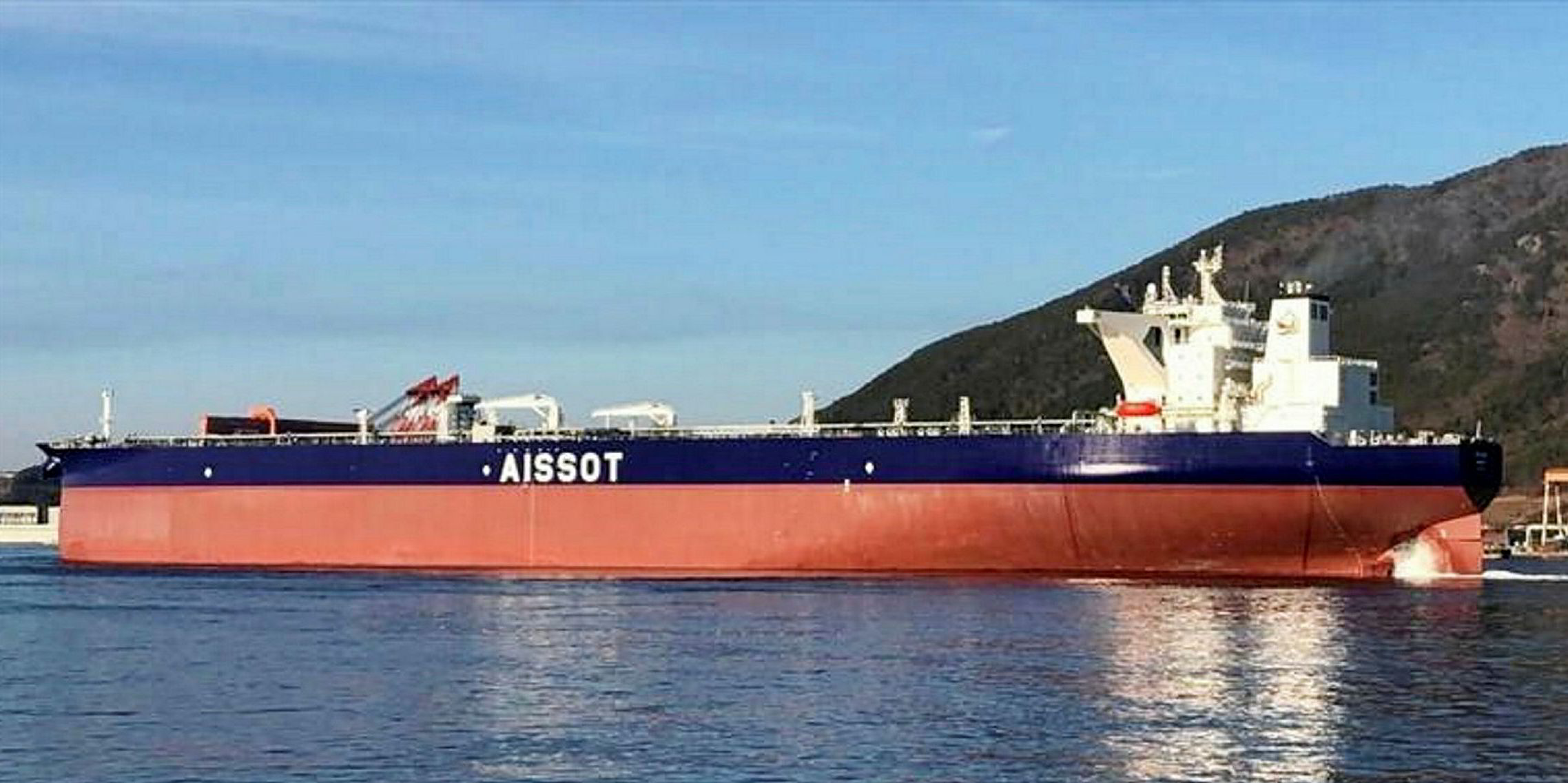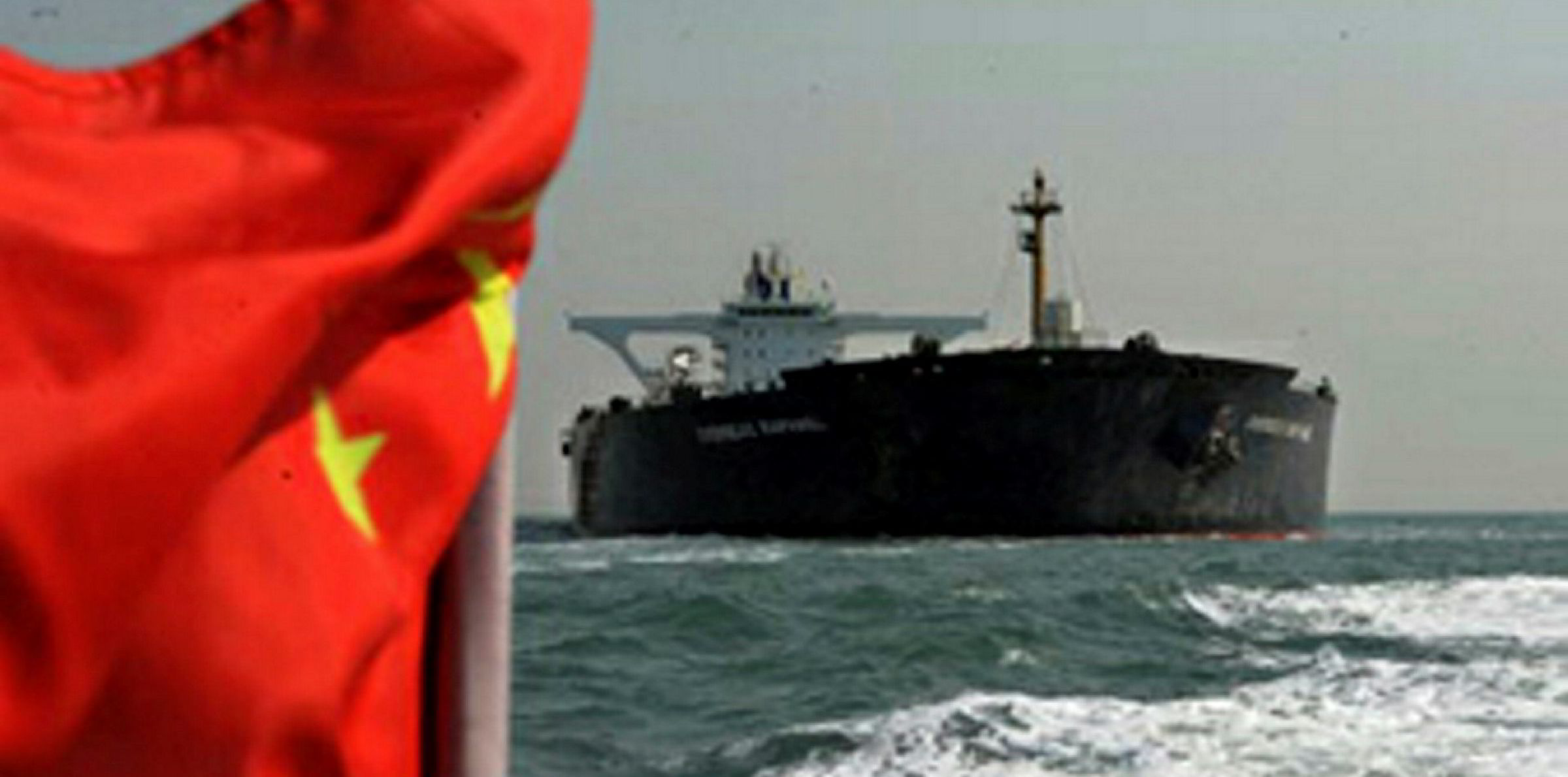More crude tanker newbuildings are reportedly being fixed to carry gasoil from Asia westward as they take their maiden voyages this year — a development that could put pressure on product tanker earnings.
According to market sources, at least four VLCC newbuildings, three suezmaxes and one aframax have been hired for the gasoil trades with loading dates in January and February. The journeys, some of which have already begun, are taking the ships to Europe and West Africa.
Tanker tonnage
The VLCCs include the 318,000-dwt Dijilah; the 298,952-dwt Frontline-owned Front Defender; the 318,676-dwt Olympic Shipping-owned Olympic Laurel; and the 299,999-dwt Neda Maritime-owned Ascona, while the 150,000-dwt suezmaxes are owned by Bank of Communications Financial Leasing on long-term leases to Trafigura.
The Dijilah was ordered by BW VLCC at Samsung Heavy Industries but is likely to have been sold to Al-Iraqia Shipping Services & Oil Trading. Neither company has commented on this matter. Olympic and Trafigura declined to comment, and Frontline and Neda Maritime did not respond to emails.
Two more VLCCs, three suezmaxes and two aframaxes may join similar trades after delivery in the near future, according to Braemar ACM researcher Anoop Singh.
In comparison, five suezmaxes and six aframaxes were shipping clean petroleum products (CPP) on their initial voyages for the whole of the first quarter of 2018, Braemar data shows.

Regardless of the fundamentals in their respective markets, the owners of crude tanker newbuildings often seek to take part in the East-West CPP trades for regulatory and business reasons, industry officials say.
For one thing, many charterers in the crude trades prefer not to take ships without a previous discharge record in the Ship Inspection Report Programme. Such trade can also reduce initial ballasting time, as tankers tend to be delivered in north-east Asia while crude loading locations tend to be in the Atlantic or Middle East.
Tanker owners want exposure to the Atlantic crude markets because this market is expected to have higher cargo availability as a result of increased US exports
Anoop Singh
Larger engagement
However, some analysts say the amount of crude tanker newbuilding tonnage engaged in CPP movement has been larger than usual this quarter due to rising US crude oil exports, strong premiums of European gasoil prices to Asia and a heavy delivery schedule.
“[The trade] helps position these tankers into Atlantic markets, which is becoming difficult to get to in the crude trade in the face of reduced westbound crude runs from [the] Arabian Gulf,” Singh said.
“Tanker owners want exposure to the Atlantic crude markets because this market is expected to have higher cargo availability as a result of increased US exports.”
Moreover, the gasoil price in Europe has been enjoying healthy premiums to Asian gasoil, providing incentives for trading houses to move arbitrage cargoes westward.
The strong market sentiment in Europe can be attributed to large imports by Nigeria, which is building its fuel stocks to avoid a shortage ahead of national and state elections in February-March.
“Many tankers that fixed CPP or are likely to do a CPP trade are owned or controlled by traders with East-West gasoil positions,” Singh said.

With the large number of newbuildings scheduled, charterers have not faced a lack of choice. According to Clarksons, seven VLCCs, three suezmaxes and eight aframaxes have been delivered so far this quarter, and a further 16 VLCCs, 14 suezmaxes and 28 aframaxes are due by the end of March.
While delaying the increase in crude tanker supply, the entrance of those newbuildings into CPP trades is expected to plague product tanker earnings in the coming weeks.
“There’s a significant impact for both the loading and discharging areas,” Banchero Costa senior tanker analyst Federica Sani said.
“If in the loading area VLCCs/suezmaxes ‘steal’ MRs’ and LRs’ cargoes, affecting local markets, in the discharging areas these huge amounts of CPP cargoes could lower trades from other suppliers.”
The market for LRs could be most affected, as they often carry gasoil from Asia to the Atlantic, but MRs are also likely to be hit by cascading effects.
“In theory, all segments of product tankers get hit by cargo transported by crude tankers on maiden voyages,” Premuda chief executive Marco Fiori said. “But I would assume that the handy vessels should be less impacted than the rest.”





